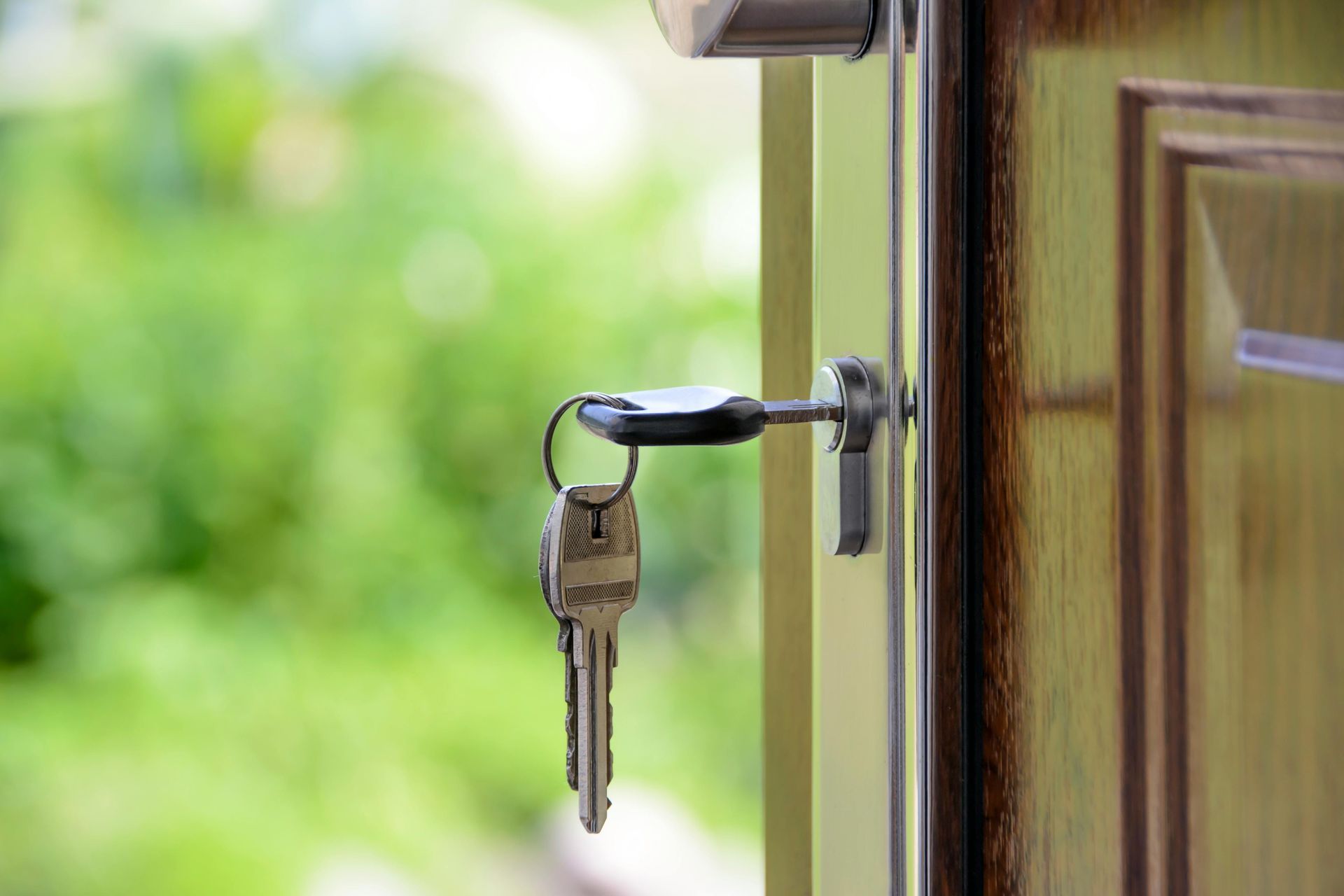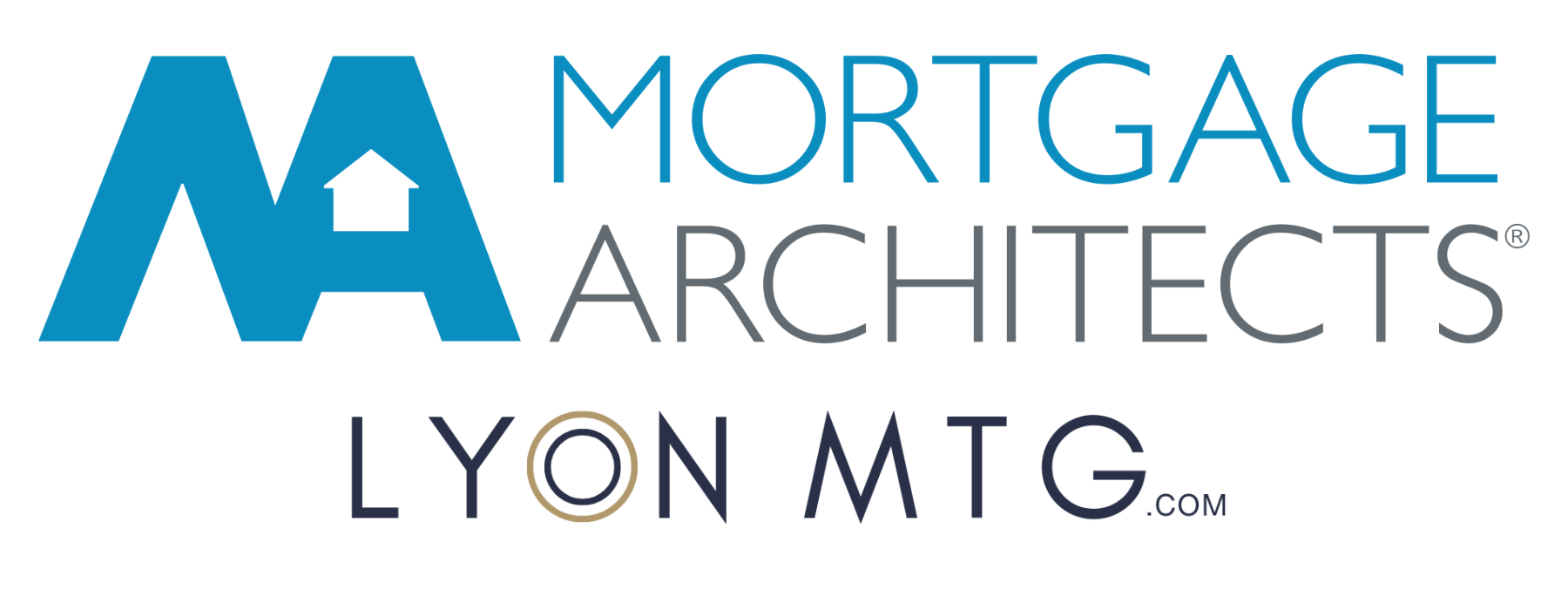Understanding My 3-Step Mortgage Pre-Approval Process
Getting pre-approved is your first real step toward homeownership. It tells you what you can afford, gives you confidence when shopping, and shows sellers you're a serious buyer.
I've designed a thorough three-step process to ensure the pre-approval you receive is accurate and reliable. Unlike quick online estimates, I fully analyze your file the same way a lender will, catching potential issues early when we have time to fix them.
Here's how it works.
Step 1: The Discovery Call
Before anything else, we start with a conversation.
This is where I properly introduce myself and learn about what you’re trying to do, whether that’s buying your first home, upsizing, or planning a future purchase.
During this call, I’ll ask a lot of questions. This helps me understand:
- Your financial situation
- Your homeownership goals
- Your comfort level with payments
- Any potential challenges we should plan for
The better I understand your situation, the more accurate and relevant your pre-approval will be.
What to expect: 30-45 minutes. Come prepared to discuss your finances openly.
Step 2: Application and Documentation
After our call, I’ll send you a secure link to complete your mortgage application, along with a tailored document request list.
The Application
Many questions will seem familiar from our call. This redundancy is intentional - it helps me catch any discrepancies and ensures nothing slips through the cracks.
The Documents
This is the most tedious part, but it's essential. Everything on a mortgage application needs supporting documentation.
I'll provide a complete list with instructions. If you want to get an early idea of the type of documents that will be required. you can review my general document checklist here: Mortgage Pre-Approval Document Checklist
Critical rule: Do not edit, adjust, or redact any documents. Lenders need to see everything in its original form. Even innocent edits can cause delays or issues.
Step 3: Review and Pre-Approval
Once I’ve received your application and documents, I’ll get to work reviewing your file in detail. This is where I fully underwrite your pre-approval, meaning I look at your file the same way a lender ultimately will.
This approach lets me:
- Identify any small issues early, such as:
- Incorrect or outdated credit items
- Down payment funds that aren’t readily accessible
- Differences between actual income and what lenders will use
- Low or borderline credit scores
- Fix or plan around potential problems before they become deal-breakers later
After the review, I’ll send you a personalized video walkthrough of your pre-approval, outlining:
- What you qualify for
- The options available to you
- My analysis and recommendations
I typically present 3–5 options so it’s clear and not overwhelming—but if you want to explore additional scenarios, I’m always happy to dig deeper.
Once you’ve received your video and pre-approval summary, you’re officially pre-approved.
At this point, you can shop with confidence.
What Makes My Pre-Approvals Different
My pre-approval is my expert analysis of what you'll qualify for, based on my thorough understanding of lender guidelines. At this stage, no lender has reviewed your file yet - that happens after you have an accepted offer.
You might wonder: "If a lender hasn't seen my file, how can I trust this?"
Here's why you can shop with confidence:
I analyze your file the exact same way a lender will. With access to over 50 lenders, I understand what each one looks for, how they calculate income, what down payment sources they accept, and their credit requirements.
I catch issues before they become problems. By thoroughly reviewing everything myself, I identify concerns early when we have time to address them - not when you're under pressure with an accepted offer.
I take responsibility for accuracy. When I tell you what you're pre-approved for, I'm putting my professional reputation behind that assessment.
This approach gives you flexibility. Once you find your property, we can choose the optimal lender for your specific situation rather than being locked into one lender from the start.
Quick Summary
My 3-step pre-approval process:
- Discovery Call: We discuss your goals and financial details.
- Application & Documents: You complete your application and send supporting documents.
- Full Review & Video Summary: I analyze your options, flag issues early, and send you a clear breakdown of your pre-approval.
Bonus: Every pre-approval I issue is fully underwritten so you can move forward with confidence and avoid last-minute stress.
Next Steps
If you’re ready to start your pre-approval or just want to understand your options, let’s set up a call.
Book a
consultation or call
778-988-8409.





